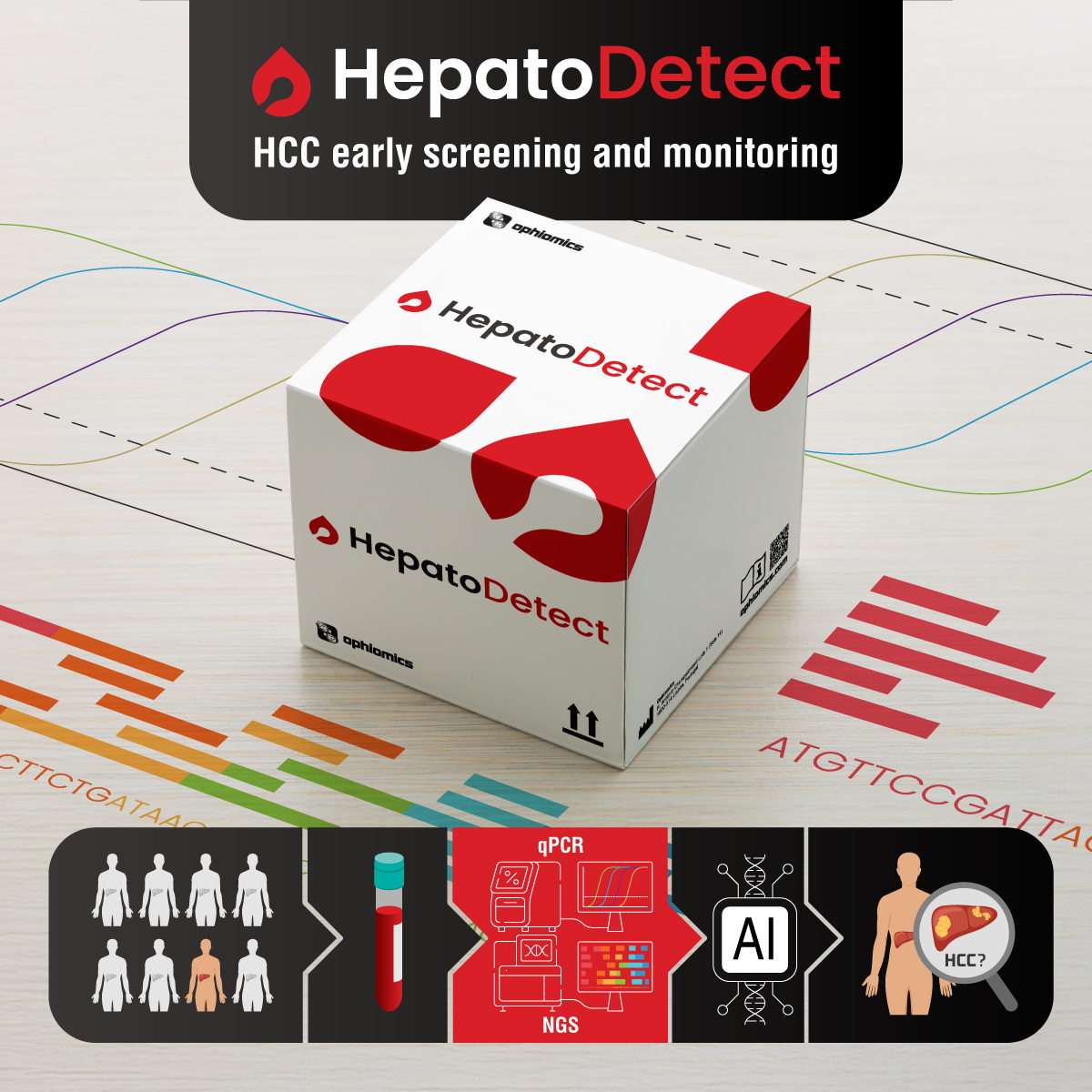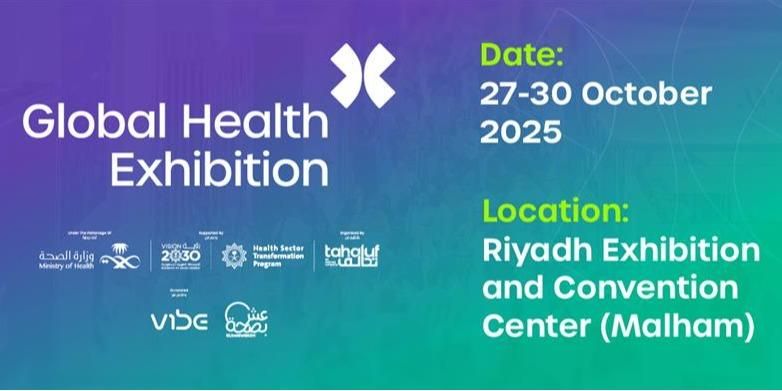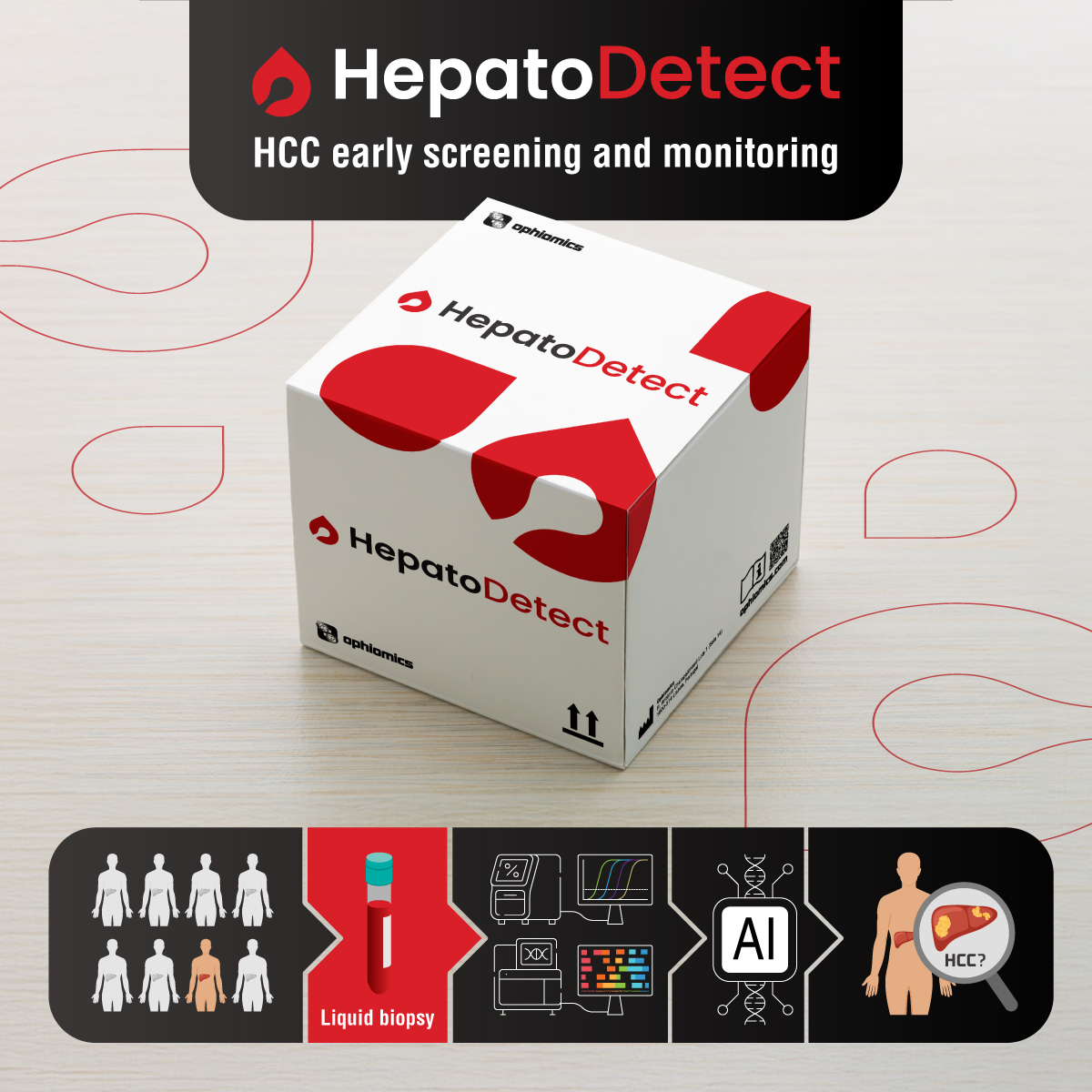The most innovative diagnostic test is of little value if it cannot be implemented efficiently in real-world clinical settings.
Current HCC surveillance methods for patients with cirrhosis have major limitations. Ultrasound, although recommended by guidelines, detects only around 47% of early-stage HCC, missing more than half of treatable cases.1 Its accuracy varies widely (32–89%) depending on operator skill and patient factors.2 Similarly, adding alpha-fetoprotein (AFP) levels to ultrasound results still yields limited diagnostic accuracy, with only 63% sensitivity for early-stage HCC.3 Moreover, 30–40% of tumours do not produce AFP, making them invisible to this test.4 These gaps create an urgent need for more accurate and consistent surveillance tools that work across diverse clinical settings.
Why Platform Compatibility Matters
HepatoDetect, developed by Ophiomics, addresses these challenges with a methylation-based assay that detects tumour-derived signals from a simple blood sample (liquid biopsy) and is available in a dual-platform design. HepatoDetect was engineered to leverage existing infrastructures in clinical laboratories by working on the two most widely available molecular diagnostic platforms.
– Next-Generation Sequencing (NGS): NGS platform implementation, using systems now widely established in clinical molecular diagnostics5, is ideal for centralised laboratories with high sample volumes. It enables comprehensive analysis and integration into advanced molecular workflows.
– Quantitative PCR (qPCR): qPCR platforms remain the gold standard for targeted detection6, and their implementation offers a cost-effective, rapid solution for labs seeking fast turnaround times, with results within hours, minimal infrastructure changes, and simple workflows, perfect for distributed testing in smaller laboratories.
Breaking Down Barriers to Adoption
– Zero Infrastructure Investment: Laboratories implement HepatoDetect using existing equipment, eliminating capital expenditure barriers.
– Flexible Scalability: Healthcare networks can deploy across multiple sites with centralised labs using NGS while regional facilities use qPCR, all delivering standardised results.
– Simplified Validation: Both platforms have established regulatory frameworks and quality control procedures, streamlining clinical implementation.
– Cost-Effective Testing: Utilising existing equipment and supply chains enables sustainable screening programs even in budget-constrained settings.
Democratizing Early HCC Detection
The ability to implement HepatoDetect on standard laboratory platforms removes the need for specialised equipment, enabling broader access to early HCC detection for patients with cirrhosis, regardless of geographic location or healthcare system resources.
HepatoDetect demonstrates that cutting-edge science and practical deployment are not mutually exclusive: they are essential partners in transforming patient care.
Because the best diagnostic test is the one that reaches patients!
References
1. Singal A, Volk ML, Waljee A, et al. Meta-analysis: surveillance with ultrasound for early-stage hepatocellular carcinoma in patients with cirrhosis. Aliment Pharmacol Ther. 2009;30(1):37-47. doi:https://doi.org/10.1111/j.1365-2036.2009.04014.x
2. Simmons O, Fetzer DT, Yokoo T, et al. Predictors of adequate ultrasound quality for hepatocellular carcinoma surveillance in patients with cirrhosis. Aliment Pharmacol Ther. 2017;45(1):169-177. doi:https://doi.org/10.1111/apt.13841
3. Tzartzeva K, Obi J, Rich NE, et al. Surveillance Imaging and Alpha Fetoprotein for Early Detection of Hepatocellular Carcinoma in Patients With Cirrhosis: A Meta-analysis. Gastroenterology. 2018;154(6):1706-1718.e1. doi:10.1053/j.gastro.2018.01.064
4. Piñero F, Dirchwolf M, Pessôa MG. Biomarkers in Hepatocellular Carcinoma: Diagnosis, Prognosis and Treatment Response Assessment. Cells. 2020;9(6). doi:10.3390/cells9061370
5. Luthra R, Chen H, Roy-Chowdhuri S, Singh RR. Next-Generation Sequencing in Clinical Molecular Diagnostics of Cancer: Advantages and Challenges. Cancers (Basel). 2015;7(4):2023-2036. doi:10.3390/cancers7040874
6. Hays A, Wissel M, Colletti K, et al. Recommendations for Method Development and Validation of qPCR and dPCR Assays in Support of Cell and Gene Therapy Drug Development. AAPS J. 2024;26(1):24. doi:10.1208/s12248-023-00880-9








